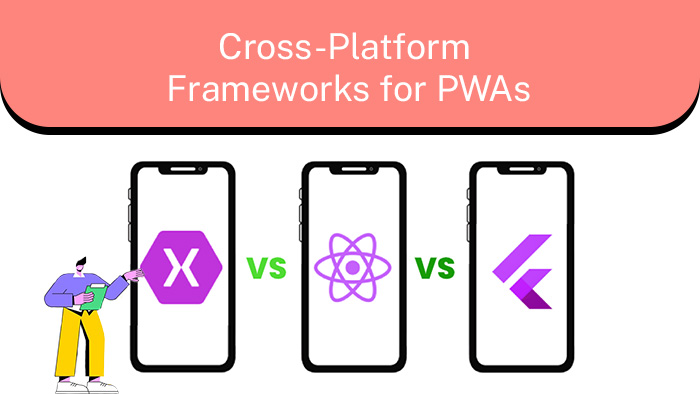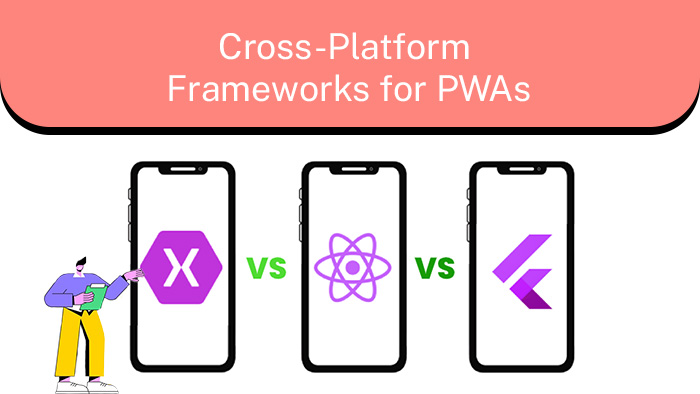Is it possible to convert an existing web application into an Android application?
Yes, it is possible to convert an existing web application into an Android application. This process is known as hybrid app development and it allows you to reuse a substantial amount of your existing codebase for both web and mobile applications. By using frameworks like React Native or Xamarin, you can write your mobile app in JavaScript or C# respectively, which can then be compiled into native Android code. This approach not only saves development time and efforts but also provides a consistent user experience across platforms.

